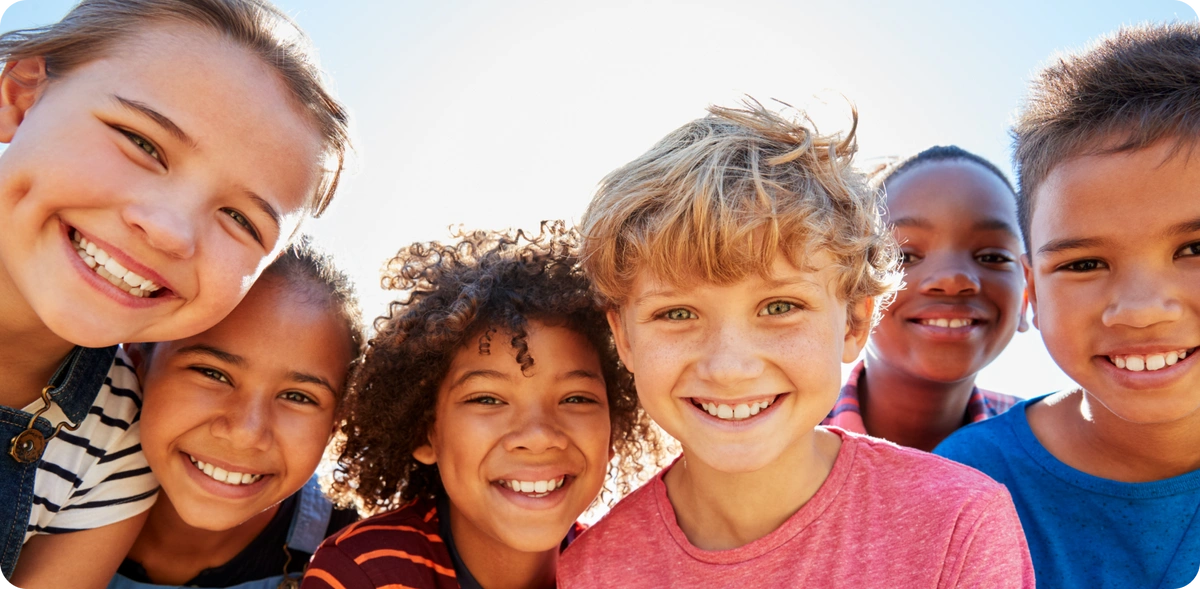This study aimed to investigate the prevalence of craniofacial changes and clinical symptoms related to mouth breathing and sleep-disordered breathing (SDB) in healthy children aged 7-12 years. The research involved assessing a sample of 687 schoolchildren through medical history, clinical examination, and respiratory tests. Among them, 24.3% were mouth breathers, and various craniofacial changes were observed, such as palatine tonsil hypertrophy, Mallampati score III or IV, overjet, and malocclusions. Mouth breathers showed signs like atresic palate, lip incompetence, daytime sleepiness, sneezing, snoring, and more. Despite these symptoms, their self-perceived quality of life was considered good. The study underscores the importance of early detection and treatment to mitigate the risk of sleep-disordered breathing, which can result in facial changes and various health issues. Sleep-disordered breathing in children is linked to issues like craniofacial development, growth delays, and behavioral changes, impacting their overall well-being and quality of life.

SDB


